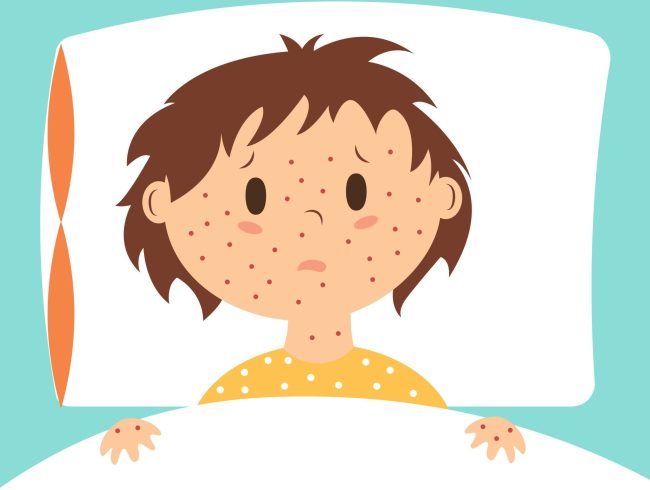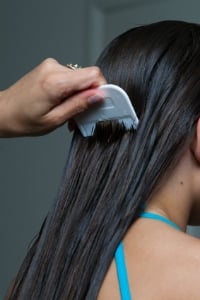
Measles: what you need to know
19 December 2025
Rise in respiratory infections and measles outbreak: important infection prevention measures at the Montreal Children’s Hospital.
Read more
14 August 2013
The beginning of a new school year often coincides with the arrival of head lice in class rooms. There’s no need to panic if you know the facts.
While itchy scalp is a common symptom of head lice, other things can cause an itchy scalp, such as seborrheic dermatitis (dandruff) or dry skin. Moreover, some children who have head lice may not experience itching.
Head lice has absolutely nothing to do with personal hygiene or how clean someone’s home is. In fact, washing a child’s hair will not get rid of lice or nits (lice eggs), which cling to hair.
Over-the-counter treatments for head lice are available in two forms: shampoo or cream rinse. Follow directions carefully to ensure successful treatment. Remove dead lice and nits with a fine-tooth nit-removal comb. Repeat application of the anti-lice medication within seven to 10 days of first application, to kill any lice that may have been missed during the combing process.
It doesn’t matter if hair is short, long, clean or dirty. Lice thrive in hair, period–specifically on the blood they get through the scalp.
Lice cannot be transmitted from pets, and pets cannot get them from people.

Measles: what you need to know
19 December 2025
